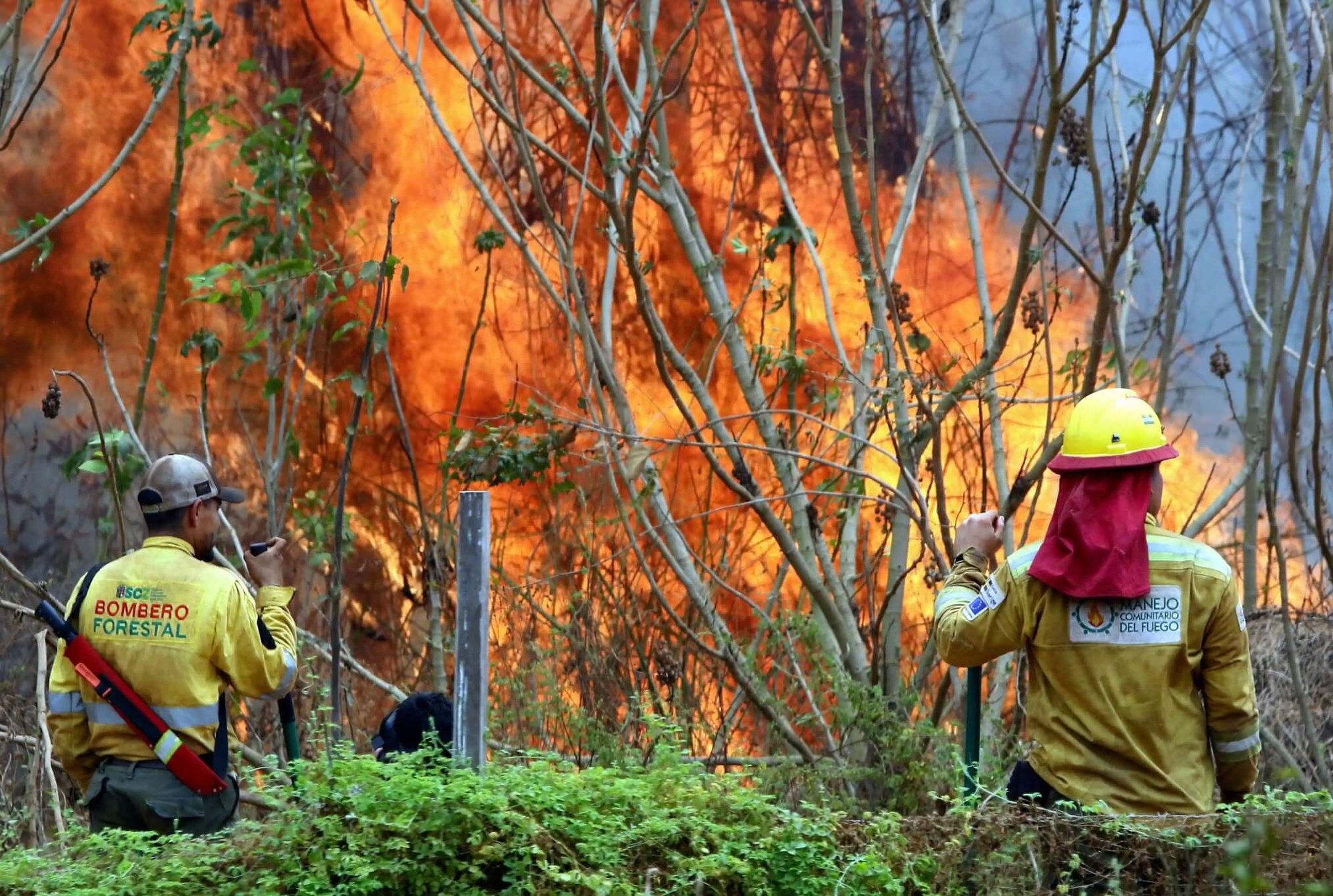The wildfires ravaging South America are creating devastating impacts across multiple countries, including Brazil, Paraguay, Peru, Ecuador, and Bolivia. These fires are not only a product of traditional land-clearing practices but are being exacerbated by historic drought conditions linked to both the El Niño phenomenon and climate change.
In Brazil’s Rondônia region, thick smoke from fires has caused flight disruptions and school closures, while many residents are suffering from severe respiratory issues. Farmers and ranchers are often blamed for igniting fires to clear land, but this year has been particularly severe, with new inroads made into previously untouched areas of the Amazon rainforest.
Peru has also been hit hard, with tens of thousands of hectares of forest destroyed, and at least 20 lives lost. States of emergency have been declared in multiple regions, as fires consume vast portions of the Andes and Amazon. Ecuador is similarly battling fires in its capital, Quito, which have filled the city with smoke and ash.
In Bolivia, the situation is critical, especially in the eastern lowlands where the fires have decimated 4.6 million hectares of forest, sparking the country’s worst environmental disaster. The government has declared a national disaster, as the destruction threatens both the natural environment and the agricultural economy.
Collectively, these fires are a dire reflection of the broader global climate crisis. Scientists and experts are sounding the alarm about the long-term consequences if urgent action is not taken to address climate change and manage land use more sustainably across the region.






0 Comments